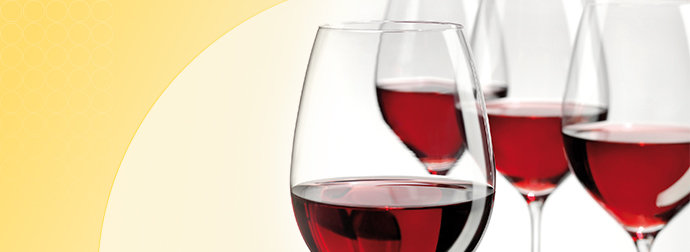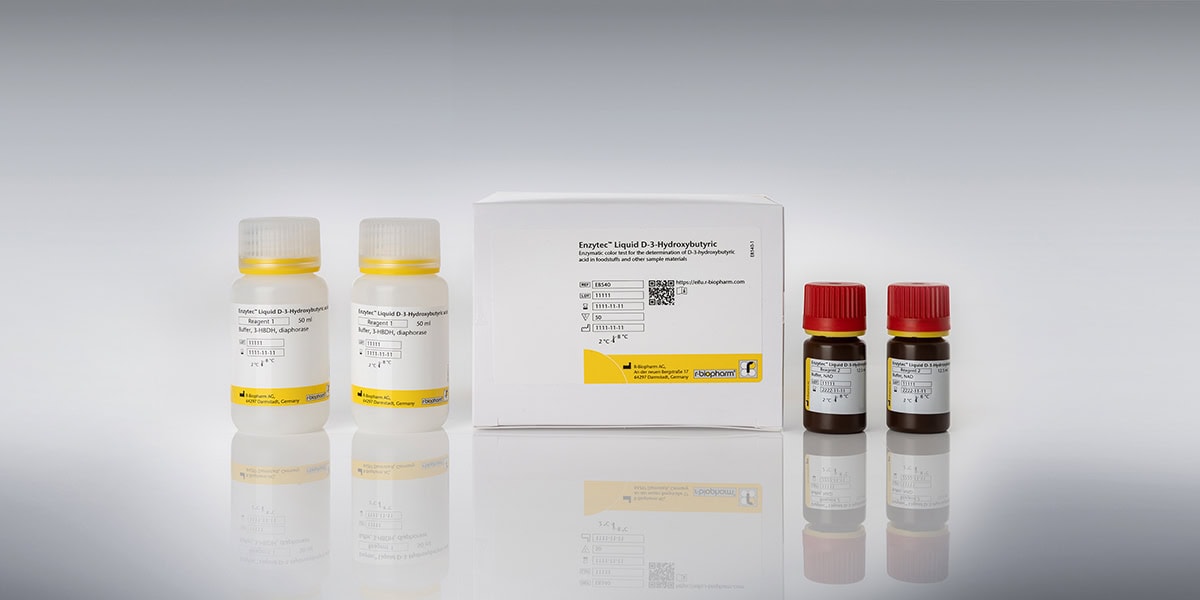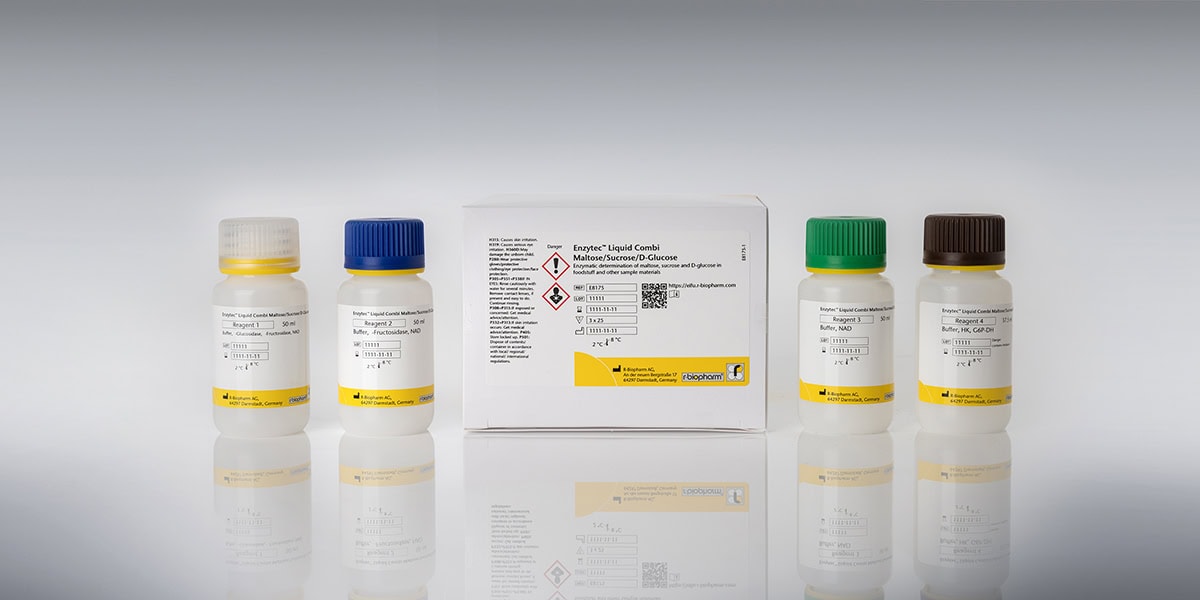
Recent news in Food & Feed Analysis
- Home
- /
- New wine regions: Viticulture...
New wine regions: Viticulture shifts to the North

Climate change and an adaption to the EU regulation have made it possible: wine can be cultivated in more and more regions. This brings new challenges for winemakers – not least in the field of quality assurance.
This year’s grape harvest has just started. In some regions, this is a premiere: in parts of North Germany, for example, wine was cultivated for the first time ever. More and more wine-growing regions have opened also in England, Poland, the Netherlands and even in Scandinavia. This is made possible on the one hand by a new EU authorization system for vine planting, allowing viticulture beyond acknowledged wine regions (see regulation EU 2015/561), – and on the other hand by global warming.
Climatic changes including increased temperatures, lengthy droughts and heavy rain greatly affected viticulture during the last decades. The 50th parallel north has long been considered the boundary for viticulture, but this line shifts further and further to the North. Robust white wines can now be cultivated even around the North and Baltic Seas. Moreover, new wine regions also evolve at high altitudes, for example in the Austrian Alps or in the Rocky Mountains. At the same time, the quality of the wine increases in many regions and new grape varieties can be grown. In Germany, for example, winemakers no longer only grow excellent white wines, but also an ever wider selection of high-quality red wines such as Merlot or Cabernet Sauvignon. To other wine regions, however, global warming represents a possible threat: some areas might reach temperatures which are too high for the typical grape varieties, requiring winemakers to switch to other varieties. Southern Spain and North Africa might become too hot to grow quality wines at all.
Quality assurance in wine production
Cultivation in new regions under unfamiliar climatic and geological conditions is a challenge for winemakers, increasing the need for quality controls. What is particularly important is the analysis of sugar and acid content. When it is very hot, grapes ripen quickly and develop a high sugar content, resulting in a high alcohol content. Only through regular monitoring of sugar and acid contents, winemakers can identify the ideal time for harvest and determine which measures need to be taken for acid regulation, for example. Since things must go quickly sometimes, demand increases for analysis methods which cannot only be performed in large-scale wine laboratories but also directly at the vineyard. Moreover, automation solutions are increasingly finding their way into wine analysis – such as the compact RIDA®CUBE SCAN, a convenient „walk away system“ which processes all necessary steps fully autonomously. The system analyzes all relevant sugar and acid levels in only 15 minutes and features single test cartridges, making it ideally suited for lower sample throughputs.
Do you have further questions concerning quality assurance in wine and the RIDA®CUBE SCAN? We will be happy to support you!



